Movers are busy people: the need to move is often unexpected, and it can be both difficult and time-consuming to arrange for all your possessions to head off with you on relocation day.
That’s why temporary storage solutions can be a mover’s best friend – self storage units and other services can provide efficient, cost-effective ways of dealing with the headaches associated with moving house.
Today, we’ll discuss some of the reasons why taking up temporary storage during a move makes perfect sense!
6 Main Benefits of Temporary Storage for Movers
1. Flexible Timelines
Having temporary storage gives you the freedom to adjust your move-in schedule, accommodating unexpected changes or ensuring a smoother transition into your new home. This flexibility reduces the stress that often comes with strict moving deadlines, allowing you to navigate your relocation at your own pace.
2. Secure Protection
Temporary storage offers a reliable solution by providing a secure environment that minimizes the risks of damage, loss, or theft.
Entrusting your items to a reputable storage facility allows you to focus on the logistics of your move or renovation with confidence, knowing that your possessions are well-protected. This peace of mind is particularly valuable for sentimental items that require extra care and protection.
3. Transitional Solutions for Renovations
During home renovations, temporary storage becomes a safe haven for your belongings. It offers a protected space for your items until the remodeling is complete. This not only safeguards your possessions from potential damage but also enables a more efficient and organized renovation process.
Whether you’re upgrading your living space or preparing a property for sale, temporary storage ensures that your belongings are shielded from dust, debris, and accidents.
4. Affordable Downsizing
Downsizing to a smaller living space can be a challenging process that requires thoughtful consideration of your belongings.
Temporary storage provides a cost-effective solution, allowing you to store items temporarily while you make decisions about what to keep, sell, or donate.
This flexibility ensures that downsizing doesn’t become rushed and stressful.
5. Seasonal Storage
Managing seasonal items can pose a logistical challenge, especially when space is limited. Temporary storage simplifies this process, offering a convenient solution to store and rotate seasonal possessions.
From holiday decorations to sports equipment, having a designated area for seasonal items helps maintain an organized and clutter-free living space throughout the year. This easy access makes sure you can enjoy each season without the struggle of finding sufficient storage within your home.
6. Bridging Temporary Housing Gaps
The time interval between moving out of one residence and moving into another can be a logistical puzzle. Temporary storage serves as a vital link during these housing gaps, providing a secure space for your belongings while you navigate the complexities of finding your next home.
This eliminates the need for rushed decisions or inconvenient temporary housing arrangements, allowing you to focus on securing a new residence without compromising the safety and well-being of your possessions.
Types of Temporary Storage Solutions
Self Storage Units
Self-storage units offer individuals flexibility and control over their storage needs. With a range of sizes available, you can choose the perfect space to suit your requirements. Whether it’s furniture, seasonal items, or business inventory, these secure and accessible units provide an ideal solution.
With around-the-clock access, you have the freedom to retrieve or add belongings whenever you need to. Self-storage is particularly beneficial for those who prefer managing their storage independently and want hands-on control over their items.
On-Demand Portable Storage
Portable storage containers are great for those seeking a flexible packing timeline, these containers can be delivered and picked up from your location. They are an excellent choice for home renovations, relocations, or temporary storage needs.
The versatility of portable containers makes them a practical solution for temporary storage without the hassle of transporting belongings to a distant facility.
Moving Services with Storage
Some moving services cover everything from packing to transportation and secure storage. This option is perfect for those who prefer a hands-off approach to moving, allowing experienced professionals to handle the entire journey.
10 Tips for Choosing the Right Temporary Storage Solution
Here are our best tips for choosing the right temporary storage for your needs:
- Know your stuff: Take a thorough look at what you’re storing. How much and what kind of items are we talking about? Understanding your storage requirements is crucial for selecting the appropriate storage location.
- Budget like an expert: Be realistic about your finances. Set a budget that covers all aspects, including any hidden charges. You don’t want financial surprises in the middle of your storage game.
- Secure your stash: Prioritize security! Evaluate the facility – surveillance, access controls, the whole package. Ensure your belongings are in reliable hands.
- Easy access, no stress: How frequently do you need to access your storage unit? Choose a location that aligns with your retrieval style. Easy in, easy out.
- Maintain optimal conditions: Certain items can’t tolerate extreme temperatures. If you have things that perspire or freeze, consider a spot with climate control.
- Take word of mouth into account: Pay attention to the buzz. What are other movers saying about the storage facility? Check out reviews and gather insights from fellow movers.
- Carefully read the agreement: Don’t get caught off guard by unexpected storage surprises. Read the contract thoroughly! Familiarize yourself with the terms, timeframes, and any additional fees.
- Insure your possessions: It’s better to be safe than sorry. Explore insurance options to protect your belongings. Sometimes, extra coverage is worth the peace of mind.
- Special needs, special solutions: Do you have a distinctive collection? Inquire if the facility can accommodate it. Some places specialize in storing cars, collectibles, or business equipment.
- On-site checkup: If feasible, conduct a visual inspection. Visit the facility or assess the portable containers. Make sure your belongings will be in a comfortable environment.
Final Thoughts
Let’s wrap this up. Temporary storage is like your sidekick in the crazy world of moving. It’s there when you need to shift timelines, keep your stuff safe during a reno, or just declutter your life a bit.
Whether you’re a hands-on type going for self-storage, into the flexibility of portable containers, or letting the pros handle it all, temporary storage has your back.
It’s not just about moving; it’s about making life changes without the headache.
FAQ
Can I keep appliances and electronics in temporary storage, and how can I ensure they remain in good condition?
Absolutely! You can safely store appliances and electronics. To maintain their condition, make sure to clean and thoroughly dry the items prior to storage. Consider opting for climate-controlled storage to safeguard against temperature changes, and use appropriate packing materials such as bubble wrap or blankets.
Are there any restrictions on what I can put in a temporary storage unit?
While restrictions may vary, some common items prohibited include hazardous materials, perishable items, and illegal goods. It is advisable to consult your storage provider for a comprehensive list and guidelines to ensure compliance.
Can I store my vehicle in temporary storage? What precautions should I take?
Yes, some facilities allow vehicle storage. Before storing, make sure your vehicle is clean and disconnect the battery to prevent drainage. For added protection, consider using a car cover and inquire about any specific requirements from the storage facility.
How can I organize my belongings in a temporary storage unit for easy access?
Optimize accessibility by creating clear pathways and grouping similar items together. Label your boxes with their contents and position frequently needed items near the front. Additionally, make use of shelves and pallets to keep items off the floor and prevent any potential damage.

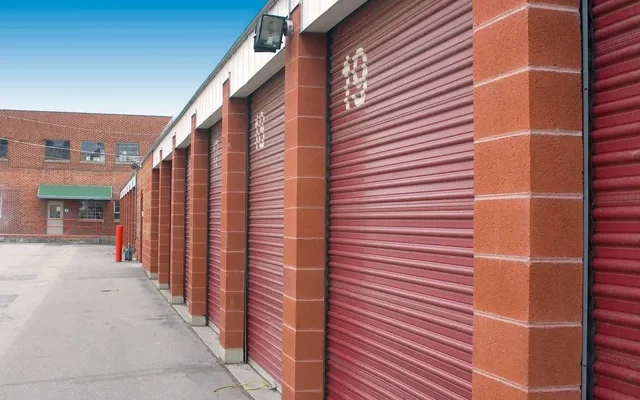
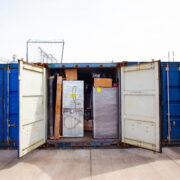




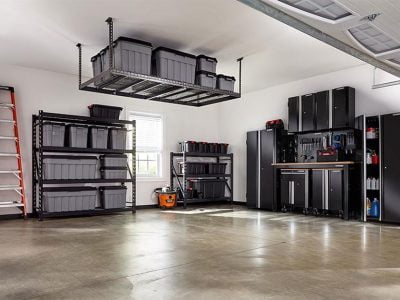
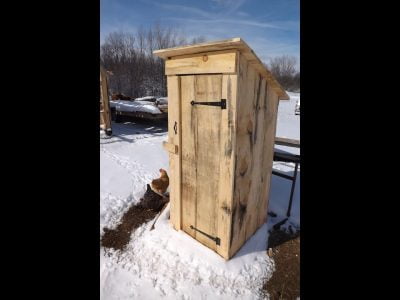



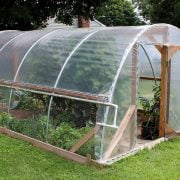
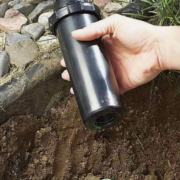
Comments